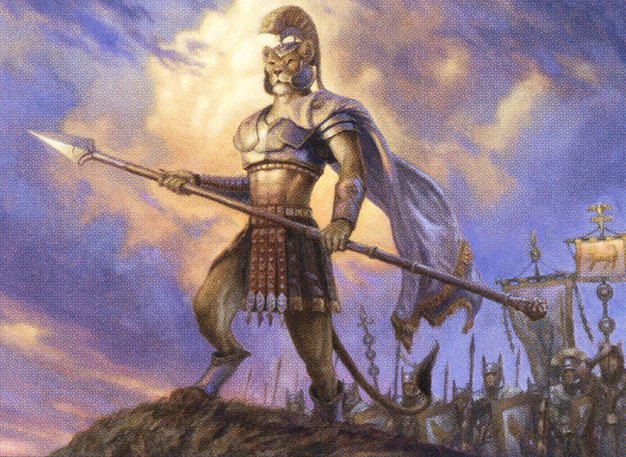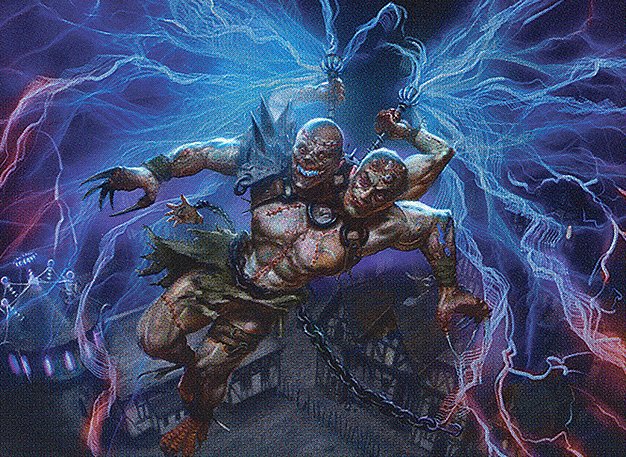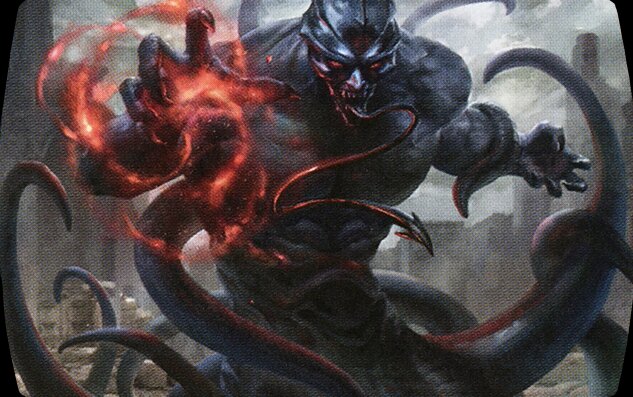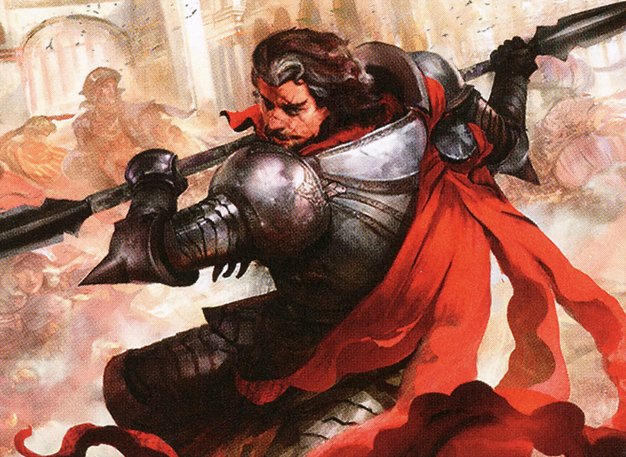Deck & Commander Strategies

Prava of the Steel Legion
Utilizes aggressive and resilient creatures supported by equipment and spells to maintain board presence and apply consistent combat pressure.

Kraum, Ludevic's Opus
Provides card advantage and additional combat damage through its prowess and card draw triggers, complementing the main strategy of board control and aggression.

Tevesh Szat, Doom of Fools
Focuses on artifact synergies and spell recursion, leveraging Tevesh's ability to generate value from artifacts and disrupt opponents through discard and damage.

Livio, Oathsworn Sentinel
Supports artifact-based strategies with vigilance and synergy, enabling repeated use of spells and maintaining board presence with defensive capabilities.
Gameplay Insights
- 1
The timing of removal spells was critical in shifting board control, with players carefully balancing when to disrupt opponents versus developing their own board.
- 2
Tevesh Szat's ability to generate value from artifacts encouraged a playstyle that combined disruption and resource accumulation, pressuring opponents to respond quickly.
- 3
Kraum’s prowess triggered additional card draw and damage that synergized well with Prava’s aggressive creature strategy, allowing sustained pressure against artifact-heavy decks.
- 4
Careful management of combat phases and blocker assignments allowed both players to maximize damage output while minimizing losses, illustrating the importance of tactical combat decisions in Duel Commander.
Notable Cards
-

Prava of the Steel Legion
-

Kraum, Ludevic's Opus
-

Tevesh Szat, Doom of Fools
-

Livio, Oathsworn Sentinel
Gameplay Summary
The Duel Commander match showcased a clash between two distinct strategies: one piloted by Josh Fuentes featuring Prava of the Steel Legion alongside Kraum, Ludevic's Opus, and the other by Chris Sta Maria with Livio, Oathsworn Sentinel paired with Tevesh Szat, Doom of Fools.
The Prava/Kraum deck focused on leveraging efficient creatures and spells to maintain board presence and generate incremental card advantage, while Kraum added additional card draw and offensive pressure.
On the other side, the Livio/Tevesh deck employed a more synergistic approach centered around artifact interactions and spell recursion, with Tevesh Szat enabling a powerful engine to generate value and disrupt opponents through discard and damage abilities. Throughout the match, key moments were defined by strategic deployment of removal spells and artifact synergies that shifted tempo and board control.
Prava's ability to bolster creatures created resilience against Tevesh's disruption, but Livio's vigilance and synergy with Tevesh allowed Chris to maintain pressure and capitalize on board states where Prava's team was diminished.
The games swung back and forth with tactical plays from both sides, but ultimately the contest highlighted how leveraging card advantage engines and efficient creature combat can dictate the pace of a Duel Commander game.
Win conditions revolved around wearing down opponents through combat damage supported by incremental value from commander abilities and spells, rather than explosive combos or infinite loops.












![Ezuri vs Tevesh//Prava vs Purphoros vs Zacama [Magic The Gathering EDH/Commander] Gameplay 2020 thumbnail](https://i.ytimg.com/vi/lQlI7mDXfGs/sddefault.jpg)
![Acererak vs Tevesh // Prava vs Galazeth vs Ezuri [EDH/Commander, Magic The Gathering Gameplay] thumbnail](https://i.ytimg.com/vi/Eyi6nBYdOK4/sddefault.jpg)
![Tevesh/Prava vs Akiri vs Sakashima/Vial vs Yuriko [EDH/Commander Magic The Gathering Gameplay] 2021 thumbnail](https://i.ytimg.com/vi/0OTTyReRAWc/sddefault.jpg)
![Blim vs Tevesh Szat vs Sakashima vs Kamahl [EDH] Commander Legends Gameplay 2020 thumbnail](https://i.ytimg.com/vi/Jv4ouFUHM3c/sddefault.jpg)
![Kamahl vs Blim vs Sakashima vs Tevesh [EDH / Commander] Gameplay 2020 thumbnail](https://i.ytimg.com/vi/oGi0oXH6CZI/sddefault.jpg)





![Cow-abangga??! Mogis vs Sidar/Kraum | Round 3 | Block 101 | Duel Commander 010924 [REUPLOAD] thumbnail](https://i.ytimg.com/vi/Um3GQxiuOTY/sddefault.jpg)


